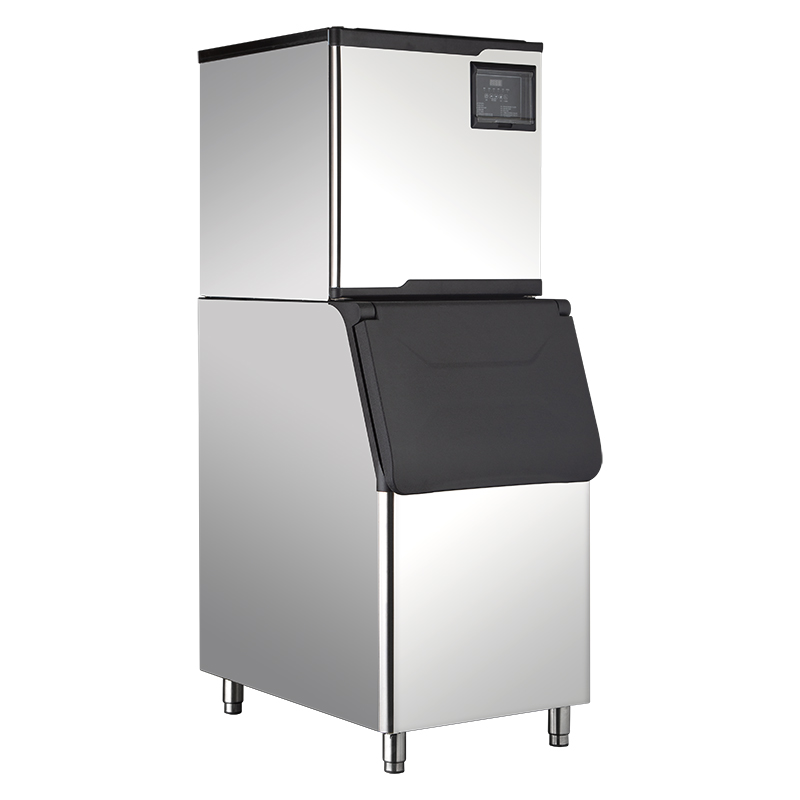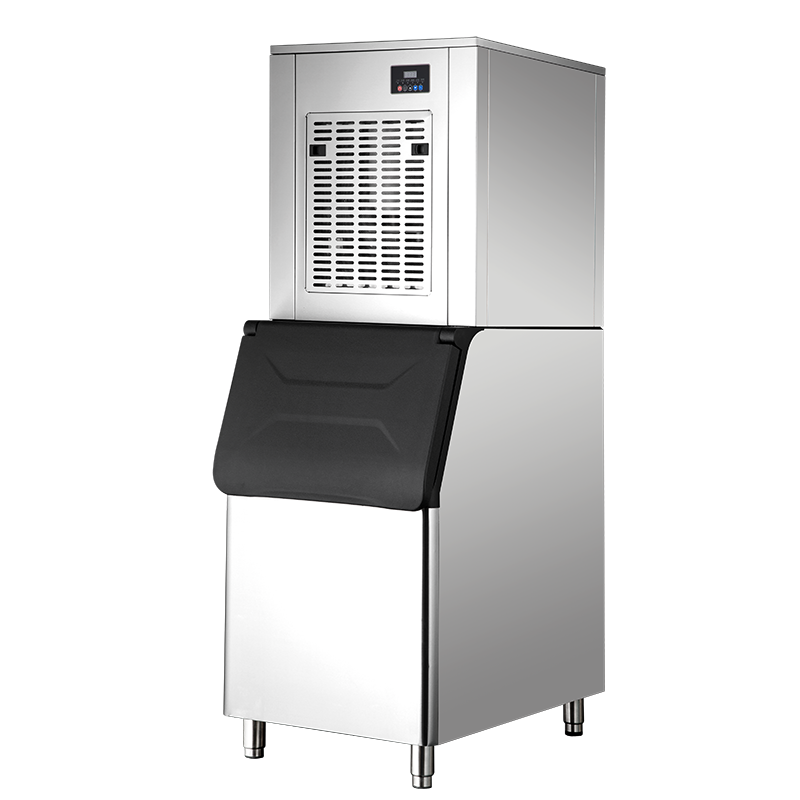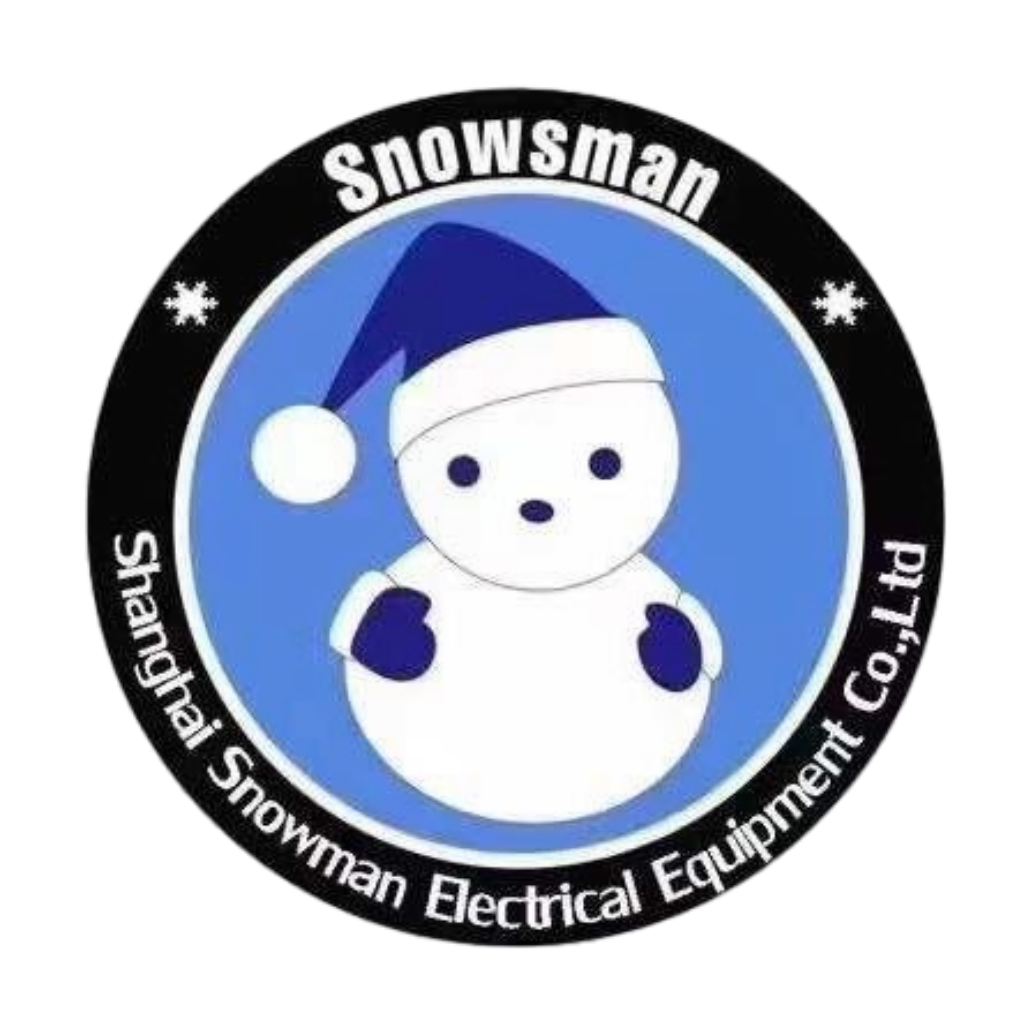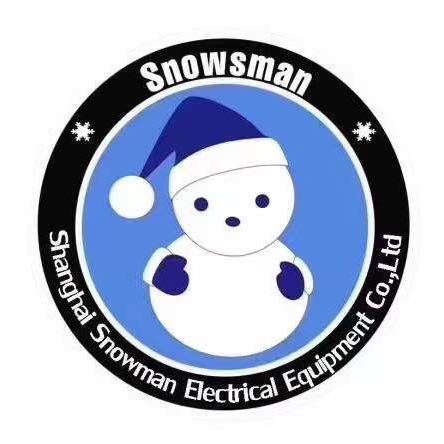Common questions about ice makers
Nowadays, commercial ice makers are used in more and more scenarios, so whether you are buying an ice maker or understanding some common problems with ice makers, SNOWSMAN can give you a satisfactory answer. SNOWSman is a company that has been engaged in the production, manufacturing and sales of ice makers for more than 20 years. It can provide enterprises with a variety of ice maker solutions. The following is a detailed introduction to the common problems that may occur with ice makers.


1. What is the difference between an ice maker and an ice machine?
There is an essential difference between ice maker and ice machine. Ice maker generally refers to a small ice maker, which is usually used to describe portable or home embedded ice makers; while ice machine refers to a larger machine with stronger ice-making capacity, which is designed for some commercial purposes.
2. Can I use a commercial ice maker in a residential environment?
Because commercial ice makers have relatively high power and noise, and also require a relatively large space, if your home can allow these problems to exist, then you can install a commercial ice maker at home. But if you consider that a home ice maker may be more suitable, because the home ice maker is not only smaller in size, but also has much less noise than a commercial ice maker, and can even be basically ignored. So compared to the problems of commercial ice makers, home ice makers are more suitable for installation and use at home.
3. What should I consider when deciding where to install the ice maker?
When installing a new ice maker, we need to consider the space where the ice maker is installed, as well as the ventilation, water supply and drainage, and electricity issues. These factors will affect the optimal power and service life of the ice maker.
4. What is the difference between Cube ice, granular ice and Crescent ice ?
Cube ice, granular ice and Crescent ice are first of all different in shape, and secondly in texture and use. Cube ice is hard and takes longer to melt, making it the best choice for making beverages. Granular ice is soft, easier to handle, and has strong air permeability, making it very suitable for making beverages and mixed drinks. Crescent ice is a type of ice that is similar to the moon but is hollow in the middle. It melts faster than cube ice but slower than granular ice and is often used for cooling.
5. What should I do if my ice maker does not make ice?
The reason why the ice maker does not make ice may be due to the following reasons. First, check whether your switch has been turned on. Secondly, check whether the water supply is connected normally and whether there is no blockage. After these problems are eliminated, you need to check whether the water filter, indoor problems and the sensor of the ice storage box of the ice maker are normal. These are all factors that cause the ice maker not to make ice.
6. How to clean the ice maker?
Each ice maker has a professional manual, and there are separate instructions for cleaning the ice maker. The general cleaning of the ice maker may require unplugging the power supply, emptying the water box and ice box, and then washing the inside with water, rinsing and air drying. But for the SNOWSMAN ice maker, the cleaning of the ice maker will be very simple. It has a one-button cleaning function, which will make it more convenient for you to clean your ice maker.
7. How often should I clean the ice maker?
The cleaning frequency of the ice maker is generally at least once every 3 months, and of course it also needs to consider the water quality used.
8. What should I do if my ice maker has abnormal ice quality?
When the ice maker has abnormal ice making, we may need to check whether the ice making time is set too short or bacteria are produced in the water pipe. At the same time, there may be problems with the filter, and the filter needs to be replaced. Finally, we need to consider whether the water quality of the water supply meets the requirements.
9. What should I do if my ice maker has noise and abnormalities?
When the ice maker has noise and abnormalities, we may need to stop the ice maker, because there may be problems with the water pump and solenoid valve of the ice maker. If there are problems with these parts, we may need to replace the parts. In addition, it may be that the ground where the ice maker visits is uneven, or foreign objects are stuck in the fan blades. These problems can be adjusted manually.
11. Can I use the ice maker in a very low temperature place?
Ice making test conditions: ambient temperature 15℃, water temperature 10℃. The normal working ambient temperature of the ice maker should be 1℃-40℃, and the normal working water temperature should be 5℃-35℃. Exceeding the above normal temperature range will affect the ice making capacity.
12. Where can I find the serial number of a snowsman ice machine?
To find the serial number of your model, check the product’s rating label, which is usually located on the back or side of the device.
13. Where can I find the warranty information for a snowsman ice machine?
Every ice machine produced by SNOWSMAN has maintenance information for the ice machine. You can check the last page of the maintenance information manual, which is usually the maintenance information, or contact www.snowsman.com.



